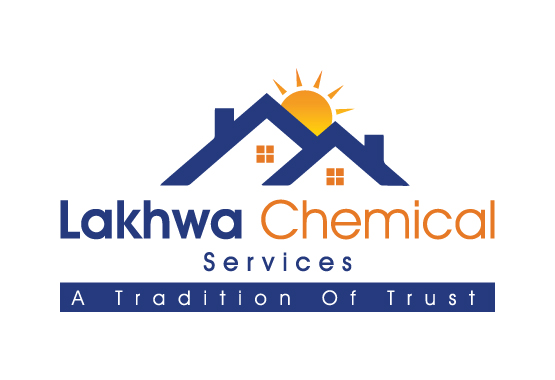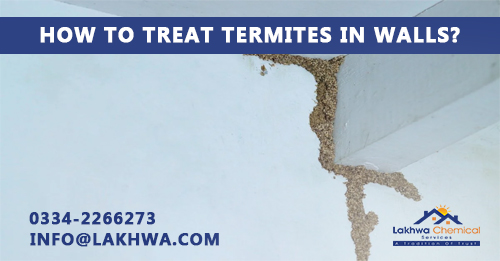How to Treat Termites in Walls?
Known for their destructive tendencies, termites can infest walls of homes and buildings, creating weakened structures with unhygienic conditions. Treating termite infestations in walls require a strategic approach from experts; they analyze the infested place, manage their gadgetry, and apply the treatment to eliminate colonies of varying sizes.
-
Inspection & Identification
The first step in treating termite infestations is thorough inspection. It’s essential to determine the extent of the infestation, identify the termite species involved (typically subterranean or drywood termites), and locate their entry points. This may involve tapping on walls to listen for hollow sounds, examining visible damage, and checking for mud tubes.
Read More
Chemical Ingredients Used to Control Pest Infestation
What is the Difference Between Fumigation and Pest Control?
List of Fumigation Services in Karachi
-
Professional Pest Inspection
Hire a licensed pest control professional to conduct a detailed inspection. They possess the knowledge and experience to identify specific type of termites infesting your walls.
-
Treatment Options
There are several methods to treat termite infestations in walls. The choice of treatment depends on the severity of the infestation, termite species, and the building construction. The most common treatment options include:
-
Chemical Termiticides
Liquid termiticides are applied to the soil around the building’s foundation or to infested areas.
These chemicals create a barrier that prevents termites from entering the structure or kills them when they come into contact with the treated area.
-
Bait Stations
Bait stations are installed around the perimeter of the building for termite elimination. After getting in contact with one of the stations, termites take toxic substances back to the colony and affect their fellow workers. This leads to a complete eradication of the colony. This method is effective for subterranean and drywood termites.
-
Fumigation
Fumigation is used for drywood termite infestations. The affected area is sealed with a fumigant gas introduced to penetrate the wood and eliminate the termites. This method is effective but requires vacating the premises for safety reasons.
Read More
8 Types of Household Pests That are Highly Dangerous
Benefits of Hiring the Best Fumigation Services in Karachi
What are the Risks Associated with Fumigation Methods?
-
Foam Treatments
Foam termiticides are injected directly into termite galleries in the walls. The foam expands, ensuring that the treatment infuses deep into the colony. This method is useful for localized infestations and hard-to-reach areas.
-
Repair and Prevention
Once the termite treatment is completed, it’s essential to repair any structural damage caused by the infestation. Replace damaged wood, drywall, or insulation to restore the integrity of the walls.
-
Continued Monitoring
Regular monitoring is crucial to ensure that the termites are eradicated completely. Pest control professionals perform follow-up inspections and recommend ongoing preventive measures, such as termite barrier systems or routine maintenance.
-
Preventive Measures
Preventing and eliminating future termite infestations is important in many respects. Consider the following preventive measures:
-
Termite Barriers
Install physical or chemical barriers during construction to deter termites from entering the building. Examples include stainless steel mesh barriers and chemical soil treatments.
-
Wood Treatment
Treat wooden structures with borate-based preservatives during construction or renovation. Borates are toxic to termites and can protect wood from infestation.
-
Regular Inspections
Schedule annual termite inspections to detect early signs of infestation and prevent major damage.
-
Reduce Moisture
Termites are attracted to moisture: Address water leaks and plumbing issues upfront. Moreover, ensure proper drainage to eliminate sources.
-
Remove Wooden Debris
Keep wooden debris, firewood, and other cellulose materials away from the building’s foundation to reduce the risk of infestation.
Conclusion
Treating termites in walls is a multifaceted process that requires careful assessment, the use of appropriate treatment methods, and ongoing prevention efforts. It’s crucial to act swiftly when signs of termite infestation are detected to minimize damage to your home or building. Consulting with a professional pest control expert is strongly recommended to ensure the most effective and safe treatment approach for your specific situation.
Contact Lakhwa Chemical Services for an appointment today!




Leave a Reply
Want to join the discussion?Feel free to contribute!